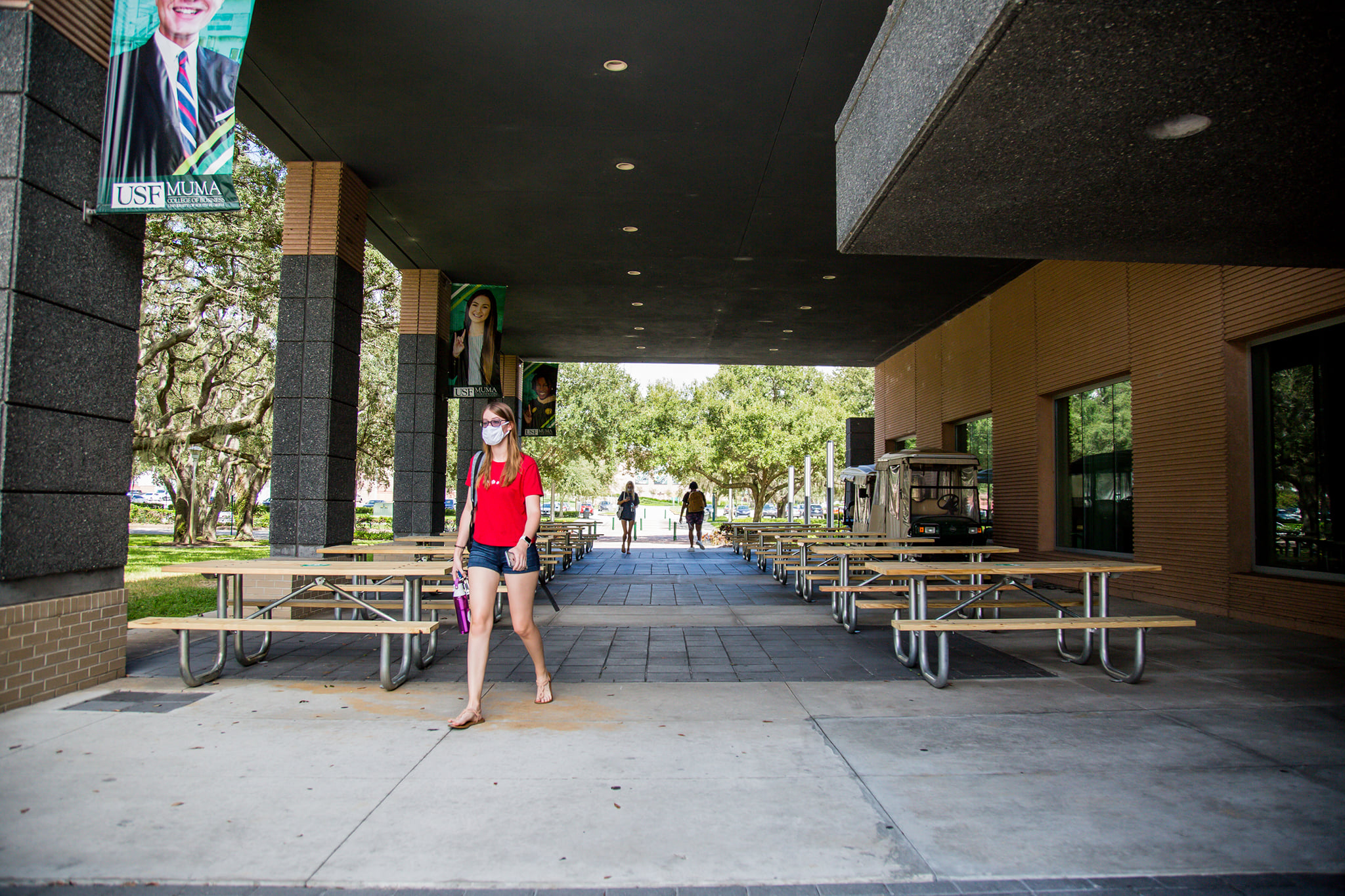Emerging BA.2 variant causes Florida cases to spike for first time in months

After a wave of its sister omicron variant BA.1 in early December, the omicron variant has returned in the form of subvariant BA.2 and has already begun to increase cases across the globe.
The BA.2 subvariant currently accounts for 72% of COVID-19 cases in the U.S., and Florida has seen a 34% increase in overall COVID-19 cases in the past two weeks, according to Jason Salemi, associate professor in the College of Public Health.
BA.2’s symptoms thus far seem to closely resemble those of its sister variant — BA.1 — which was responsible for the spike in cases late last year, Associate Dean of the College of Internal Medicine Michael Teng said. Those infected can expect to see symptoms associated with an upper respiratory tract infection, such as headaches, coughing and fevers.
Those who have not been vaccinated or been infected with omicron will be at greater risk for more severe symptoms due to their lack of immune protection against the new variant, Teng said.
Initially discovered in South Africa in November, the BA.1 variant spread rapidly around the globe, driving a surge in cases in the winter. However, potentially due to rural isolation,f the BA.2 variant has only just begun to create a global rise in cases.
While the two sister variants may share similar symptoms, BA.2 is currently proving itself to have as much as a 60% higher rate of transmission than BA.1, according to Salemi.
The omicron variant has overall shown itself to be less virulent than preceding variants, such as delta which was responsible for many U.S. cases in the summer, but the high transmission rate still presents a threat for hospitalizations and deaths.
Due to the greater likelihood of many people becoming infected, the relative amount of hospitalizations and deaths will increase, even if the symptoms are generally milder than those of the delta variant.
Florida was averaging 220 deaths daily during the omicron BA.1 peak, which was the second highest rate after that of the delta variant, according to Salemi. With BA.2 and its greater rate of transmission, Salemi said he is worried there may be a similar spike in hospitalizations and deaths.
Conversely, Teng believes that due to the immune protection provided by the BA.1 wave of infections, BA.2 might have a less severe impact as it struggles to infect those who have been vaccinated or infected with the BA.1 variant.
Both Teng and Salemi acknowledged that many are growing tired of having to take precautions against COVID-19, which may increase the transmission rate of the BA.2 variant as more turn away from protection methods, such as wearing masks. Due to the insufficient number of people vaccinated on a global basis, the pandemic will continue to be a concern, Salemi said.
“We want to prevent as much morbidity and mortality as possible,” Salemi said. “Unfortunately, that means we’re going to have to take action to try and block transmission of the virus from person to person.”
Wearing a mask, getting vaccinated, receiving a booster shot and social distancing, Teng said, are the best methods of preventing the spread of the new variant on and off campus.
“[Students] live in these relatively crowded dorms. If it gets there, it’s going to get to everybody, eventually,” he said. “For those kids that live at home, or that live with somebody who may be medically vulnerable … it really pays to be cautious and make sure you don’t bring [COVID-19] home.”
Dean of the College of Public Health Donna Petersen said USF doesn’t expect any particular effect due to the BA.2 variant. The university will continue to advise students to stay home when they feel unwell, get tested and wear masks indoors.
Both professors agreed that the pandemic is still ongoing, even as cases have decreased and many return to what resembles their pre-pandemic lifestyles.
“There are still hundreds of Americans dying every day from COVID-19, so it’s not going away anytime soon,” Teng said. “Just because we treat it like it’s going away doesn’t mean it actually is.”








